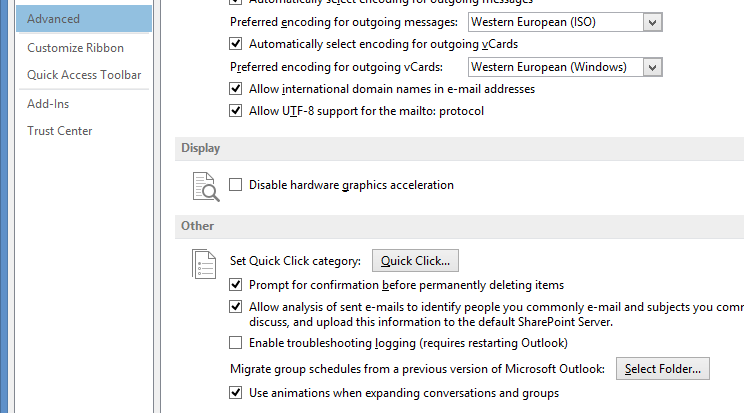



Aside from its location a short description is provided and a list of files types which are stored in that specific folder. In the “Folder locations” section, you’ll find an overview of the folders Outlook uses to store files in or read files from. If you are in IT support or just are interested to find out which files Outlook uses and where it stores its settings This is the guide for you. If you are looking for a way to conveniently backup your Outlook data and settings or want to move your Outlook data and settings to another computer, the blog post Backup Outlook settings is recommended instead. If you are looking for a way to just backup your Outlook data, please take a look at Backup and Restore all Outlook data instead. This guide is not for the faint hearted but still is useful if you are interested in the location of a specific file or its purpose and whether or not is possible to migrate it to another computer.


 0 kommentar(er)
0 kommentar(er)
